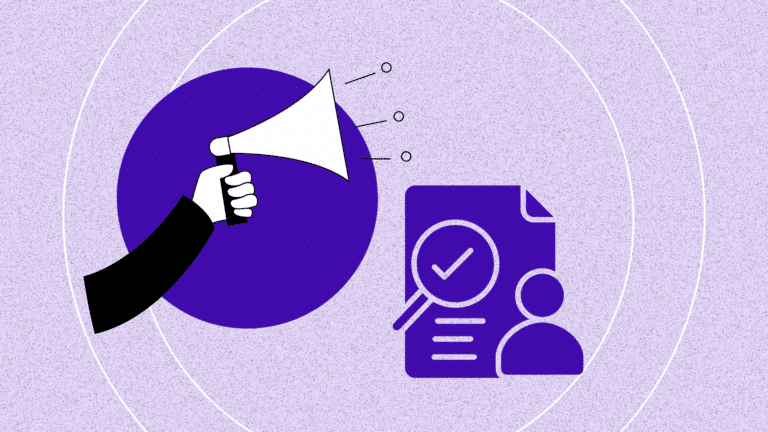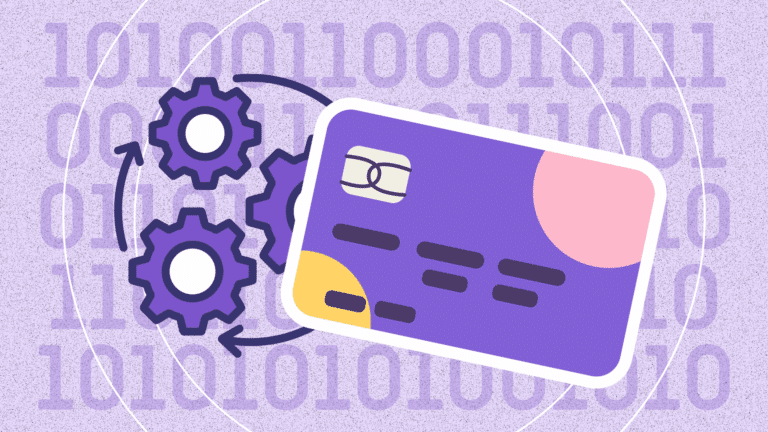TL;DR:
- Most PCI audits prioritize passing checklists over preventing breaches, leaving organizations exposed to client-side risks.
- PCI DSS Requirements 6.4.3 and 11.6.1 highlight blind spots in traditional compliance strategies, particularly around payment page modifications and unauthorized JavaScript.
- To succeed, CISOs must rethink PCI audits as proactive, client-side-first strategies that deliver real security, not just audit checkmarks.
Download the Free PCI 6.4.3 and 11.6.1 Checklist
The Hard Truth About PCI Audits and Why CISOs Fail
PCI audits are not designed to protect your organization. They are designed to protect the payment card industry.
This misalignment exists because card brands bear the burden of fraud-related costs, so the framework is built to minimize their exposure rather than address the unique risks merchants face. For example, PCI DSS focuses heavily on infrastructure and network security, reflecting a time when payment processing happened in secure, on-premise environments. But as payment processing has shifted to browser-based experiences, the framework has struggled to keep up, leaving merchants vulnerable to client-side attacks.
The result is a system that prioritizes passing checklists over preventing breaches. This is why so many organizations lose PCI compliance within a year of certification. In fact, only 14.3% of organizations were fully PCI compliant in 2023, a sharp decline from 43.4% in 2020, according to Verizon’s 2024 Payment Security Report.
PCI DSS 6.4.3: The Change Control Blind Spot That Fails PCI Audits
PCI DSS Requirements 6.4.3 and 11.6.1 expose a critical gap in traditional compliance programs: the client side of payment environments. Requirement 6.4.3 mandates formal change control processes, but most organizations only track infrastructure changes. Payment page modifications, such as third-party scripts and marketing pixels, often slip through unnoticed. Similarly, Requirement 11.6.1 calls for continuous detection of rogue access points, but the real threat is unauthorized JavaScript silently exfiltrating payment data.
This shift to client-side attacks is no accident. As payment processing moved from secure terminals to browser-based experiences, attackers followed the data. Browsers have become the new battleground, offering a rich target for malicious actors who exploit third-party scripts, supply chain vulnerabilities, and unmonitored changes to payment pages.
High-profile breaches illustrate the consequences of these blind spots. In 2018, British Airways suffered a breach where Magecart attackers injected malicious JavaScript into payment pages for 15 days, affecting 380,000 customers and resulting in £20 million in fines. That same year, Ticketmaster experienced a four-month compromise through a third-party chatbot script. Each attack succeeded because traditional PCI audit tools could not detect unauthorized JavaScript changes in customers’ browsers.

Why Traditional PCI Compliance Tools Leave CISOs Exposed
Compliance frameworks like PCI DSS often create a false sense of security. Organizations assume that passing an audit means they are secure, but compliance is a baseline, not a guarantee. A payment environment can be fully compliant and still vulnerable to breaches.
The tools that got organizations compliant in the past are now part of the problem. Quarterly scans provide a false sense of security because environments can change before the next scan is complete. Infrastructure monitoring tools focus on server-side risks, ignoring the client side where most modern breaches occur. Manual evidence collection, relying on screenshots and static reports, is time-consuming, error-prone, and easily outdated.
This is reflected in the data: only 27.9% of organizations globally maintained full PCI compliance on average, according to the Verizon Payment Security Report. The consistent decline in compliance rates since 2016 underscores the inadequacy of traditional tools in addressing today’s dynamic payment environments.
Rethinking PCI Audits: A Client-Side First Strategy for CISOs
To truly protect payment environments, CISOs need to rethink PCI audits from the ground up. Compliance should not be treated as the goal. It is a byproduct of good security. Instead of asking, “Are we compliant?” organizations should ask, “Are we secure?”
The focus must also shift from the server to the browser. Payment security now depends on knowing exactly what is running in customers’ browsers during transactions. Finally, organizations need to embrace automation rather than relying on documentation. Static reports and screenshots are relics of the past. Real-time, automated evidence is the only way to meet the expectations of auditors, regulators, and the modern threat landscape.
Practical Steps CISOs Can Take to Avoid PCI Audit Failure
Breaking free from outdated compliance strategies requires decisive action. Here are four practical steps to get started:
- Conduct a client-side risk assessment: Map out all third-party scripts running on your payment pages. Identify high-risk scripts based on their behavior, permissions, and update frequency.
- Invest in Client-Side Monitoring Tools: Use solutions that provide real-time visibility into script behavior and changes. Ensure the tool integrates seamlessly with your existing security stack.
- Establish a change control process for scripts: Require formal approval for all script changes, including those made by third-party vendors. Use automated tools to enforce this process and flag unauthorized changes.
- Simulate breach scenarios: Test your organization’s ability to detect and respond to client-side attacks. Use the results to refine your monitoring and response strategies.
These steps are not just about compliance. They are about building a security program that proactively protects your organization where it matters most.
The Stakes: What Happens if PCI DSS 6.4.3 & 11.6.1 Are Ignored
The consequences of failing to address client-side risks are not just financial. They are personal. A breach tied to non-compliance can damage a CISO’s credibility, derail a career, and erode trust at the board level.
High-profile breaches like the British Airways and Ticketmaster incidents serve as cautionary tales. Each could have been mitigated with better visibility, monitoring, and change control processes. These examples highlight the importance of treating PCI DSS Requirements 6.4.3 and 11.6.1 as opportunities to strengthen security, not just checkboxes to satisfy auditors.
The question is not whether client-side security will become a compliance requirement. It already is. The real question is whether organizations will address this gap proactively or wait for a breach to expose it.
Moving Beyond Outdated PCI Compliance Strategies
The future of PCI compliance is clear. It is client-side-first, continuous, and proactive. The leaders who embrace this shift will not only protect their organizations but also position themselves as strategic enablers of business growth.
The choice is simple. Adapt to the new reality of client-side security or risk being left behind.


